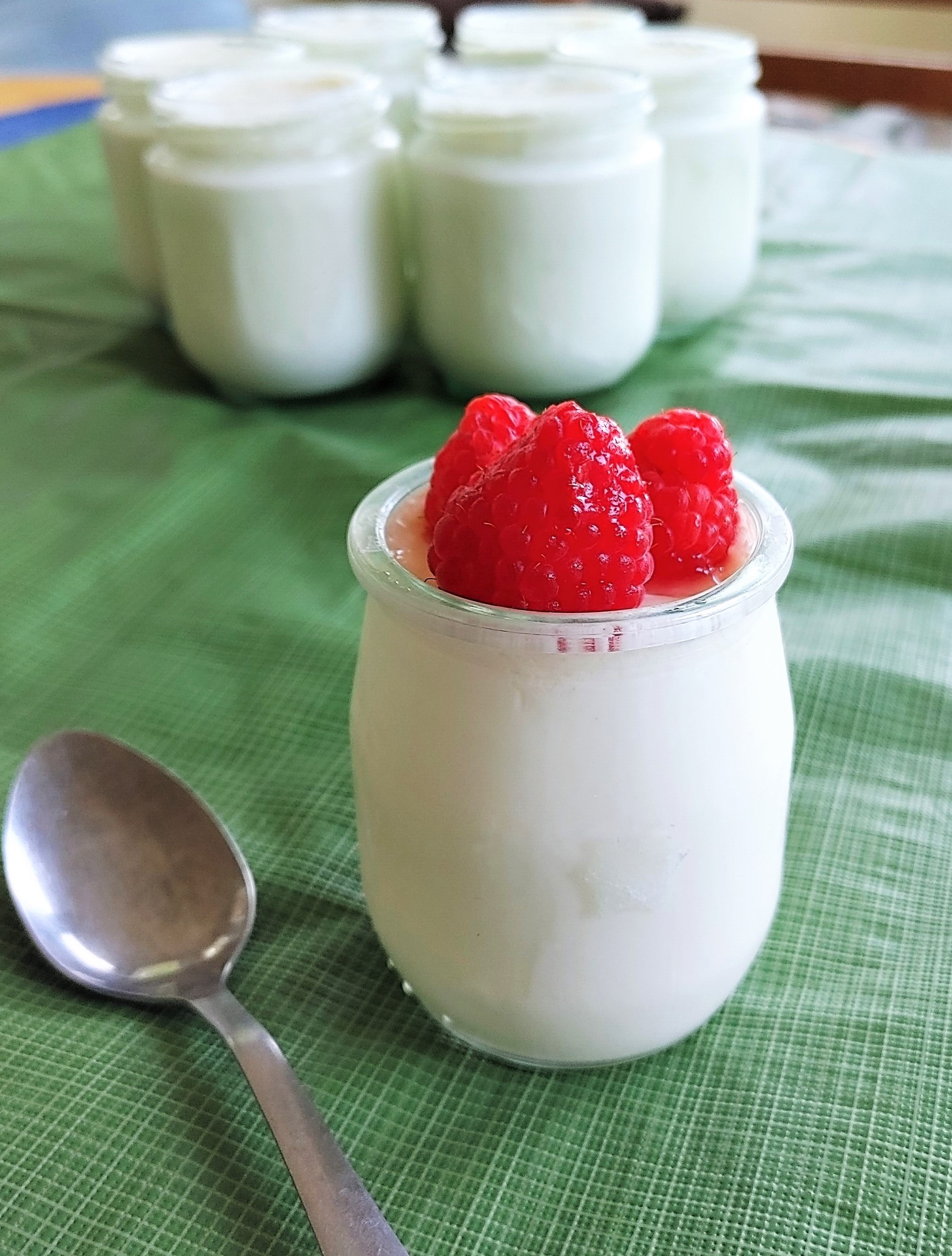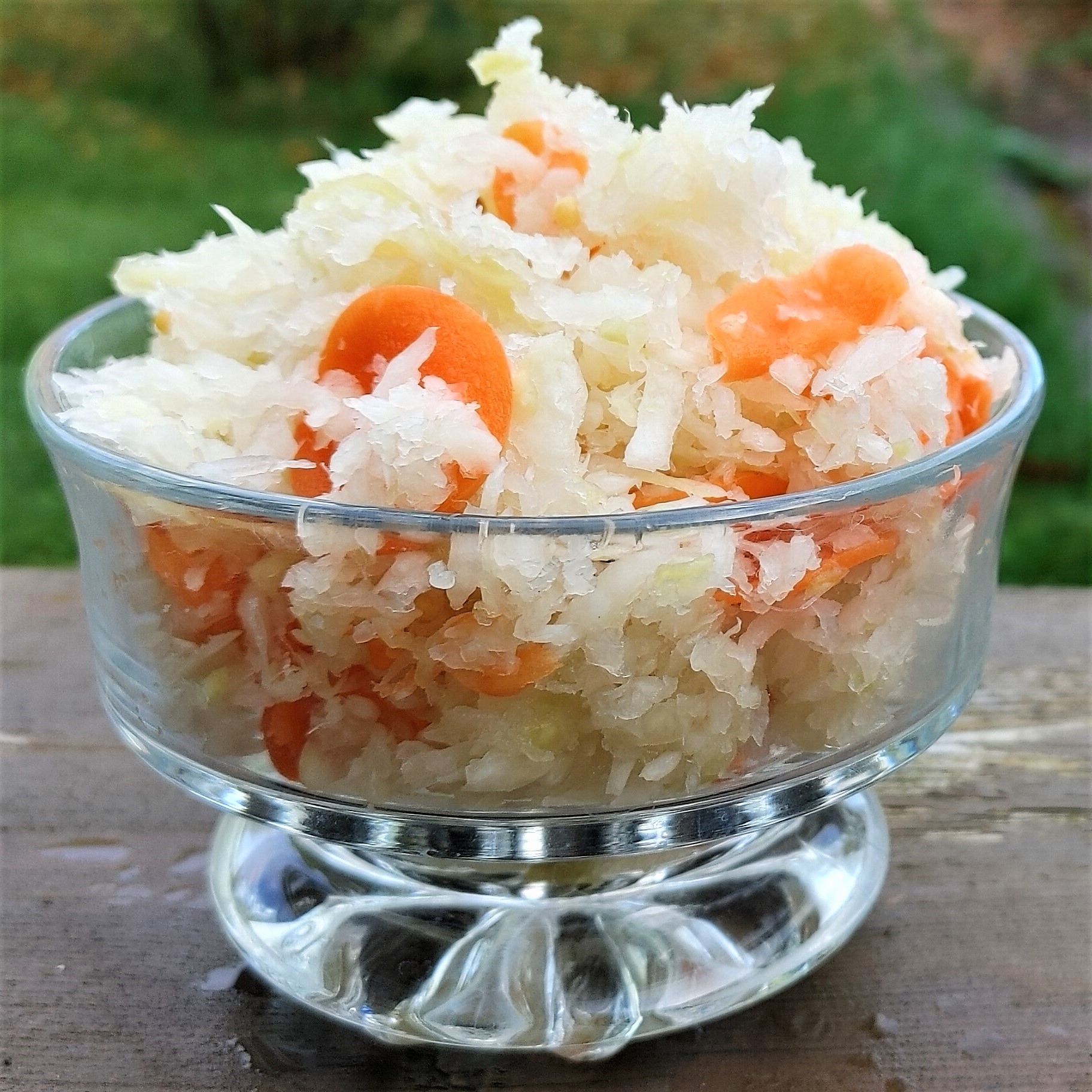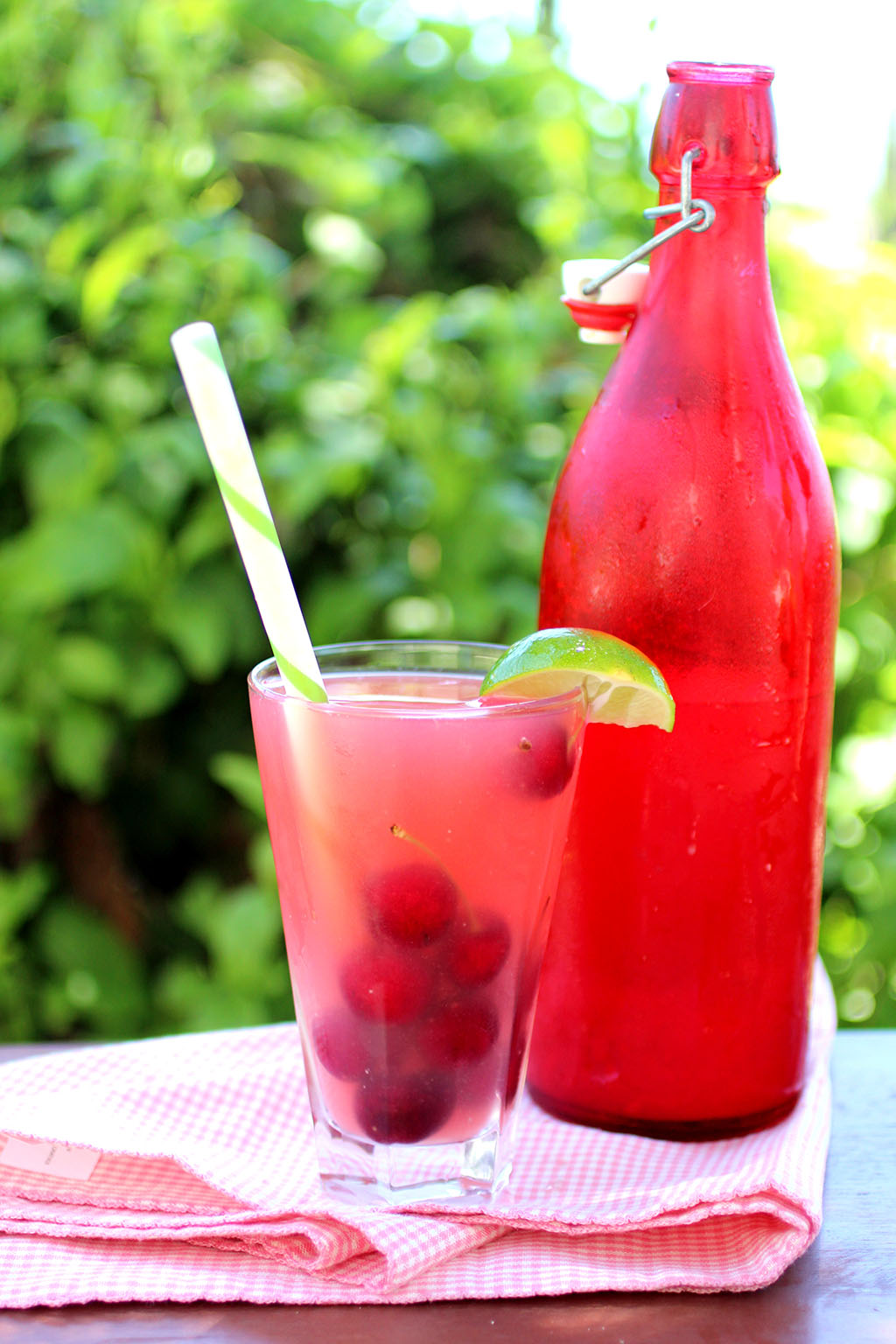*


Cultured foods, or fermented foods, have been around for thousands of years. They are a traditional staple in many places around the world, and they come in many different colors, shapes, sizes, textures, and flavors.
Different ingredients are used to make different types of cultured foods: dairy is used to make kefir and yogurt, vegetables are used for sauerkraut and kimchi, fruit juice is used for kefir soda, and tea is used for kombucha -- to name just a few.
Many cultured foods can be made at home.
Cultured foods play an important role in nurturing a healthy microbiome, which in turn, is essential for good overall health.
In this post, we have compiled a shortlist of our top ten cultured foods to make at home. Of course, there are many other cultured foods that one can make at home, but if you're looking for somewhere to start, look no further.
In no particular order, here are our top ten cultured foods that you can make at home:
1. Kefir
Kefir is a cultured drink, traditionally made by adding kefir grains to various types of milk. It’s fun and very easy to make! Kefir is a fantastic source of many nutrients, such as calcium, magnesium, vitamins K and B, and billions of friendly microbes that help your microbiome thrive.
With its numerous beneficial strains of organisms, kefir has been credited with helping to boost the immune system, and is often consumed in order to help replenish the body with good bacteria after antibiotic use.
Simple to make: Add a starter to milk and let it culture for 18-24 hours at room temperature. The result is a delicious pourable drink. Kefir made with a powdered starter culture can often be recultured several times. These subsequent fermentations can increase the nutrients in your kefir and make it even tastier!
2. Yogurt
Yogurt is a living, wholesome food that can easily be made at home. Making your own yogurt gives you full control over the ingredients and ensures that your healthy homemade yogurt has no added sugars, artificial flavors, or 'mystery' ingredients.
Easier to make than you might expect: Add a starter to milk or half and half, stir and allow to culture in a yogurt-maker or other device that can hold it at a constant temperature for 4 to 24 hours depending on your formula. Reserve a little to act as a starter for your next batch.
3. L. Reuteri Superfood (LR Superfood)
L. Reuteri Superfood is not a yogurt, although it may look and taste like one, depending on the dairy used. For the same reason, it may also look and taste very differently; like cheese, for example.
For a product to be called 'yogurt', two specific species of bacteria, Streptococcus thermophilus and Lactobacillus bulgaricus, must be present.
LR Superfood is a unique cultured dairy, made with completely different strains of bacteria than yogurt. These beneficial bacteria are called Lactobacillus Reuteri (L. Reuteri).
Our LR Superfood Starter was conceived as a method of introducing high quantities of L. Reuteri into your microbiome. The fermentation of the starter culture in dairy for 36 hours at a low temperature (100 F), in the presence of prebiotic fiber (a very different fermentation process than yogurt), enables the L. Reuteri to proliferate many times over, until there are hundreds of billions of live bacteria in the jar.
You will need a device that can maintain a constant temperature of 100F for 36 hours, such as a Sous Vide or certain types of yogurt makers.
4. L. Gasseri Superfood
L. Gasseri Superfood is similar in concept to L. Reuteri Superfood, but uses a different beneficial probiotic bacteria, Lactobacillus Gasseri (L. Gasseri).
L. Gasseri is one of the most important gastrointestinal (GI) microbes of the thousand or so species in the human intestinal microbiome.
L. Gasseri Superfood may look, taste, and smell like yogurt, but it is not a yogurt. For a product to be called 'yogurt', two specific species of bacteria, Streptococcus thermophilus and Lactobacillus bulgaricus, must be present.
L. Gasseri Superfood is a cultured dairy, made with L. Gasseri -- a completely different bacteria than yogurt.
Our unique L. Gasseri Superfood Starter was conceived as a method of introducing high quantities of this beneficial probiotic bacteria into your microbiome. We do that by fermenting the starter culture in dairy for 36 hours at a low temperature (100 F), with the addition of prebiotic fiber.
This ‘low and slow’ method enables the L. Gasseri to proliferate many times over, until there are hundreds of billions of live probiotic bacteria in the jar.
You will need a device that can maintain a constant temperature of 100F for 36 hours, such as a Sous Vide or certain types of yogurt makers.
5. Sauerkraut
Sauerkraut is a traditional Central European cultured vegetable condiment, made of sliced or grated raw cabbage.
It's a living food, crunchy and flavorful, and when made at home, is vibrant with nutrients, and very different than the (sometimes cooked) version you may find in a store-bought tin.
Sauerkraut is one of the most well-known cultured foods.
During the fermentation process, lactic-acid bacteria ferment the sugars that are naturally present in the cabbage leaves, and produce a pleasantly sour, crunchy dish. This process is called Lacto-fermentation.
Fermented vegetables are a great source of probiotic nutrition for the whole family.
6. Kimchi
Originating in Korea, kimchi is similar to sauerkraut but is spicier and often includes additional vegetables such as ginger, garlic, carrots, onions, and hot peppers.
The cabbage used as the basis for kimchi is often Napa.
During the fermentation process, lactic-acid bacteria ferment the sugars that are naturally present in the cabbage and the other veggies, and produce a pleasantly sour, crunchy dish. This process is called Lacto-fermentation.
Kimchi can be made spicy or mild and lends itself to many variations.
If you've never made kimchi or sauerkraut before, you may want to start with sauerkraut (It's easier), to get the hang of what vegetable fermentation is like, and then proceed to make kimchi.
Fermented vegetables are a great source of healthy nutrition.
7. Water Kefir/Kefir Soda
Water kefir/Kefir soda is a fizzy & tangy cultured beverage that is based on fruit juice or coconut water and water.
Despite the name, it does not involve dairy. 
Whereas water kefir usually uses water-kefir grains, Kefir Soda is fermented with a powdered starter culture that emulates the grains' activity, without actual grains.
Make your own delicious probiotic beverages. It's refreshing and exquisite!
Our Kefir Soda Starter contains beneficial bacteria strains and yeasts that metabolize the natural sugar found in fruit juice or coconut water, resulting in an effervescent drink and a healthy replacement for soda.
You can then reserve some of it to make your next batch.
8. Kombucha
Kombucha is a naturally-carbonated fermented beverage, made from a mixture of tea, a starter tea, and sugar.
It is fermented with a culture of bacteria and yeast commonly known as a 'mother' or SCOBY (Symbiotic Colony of Bacteria and Yeast) which may resemble a mushroom somewhat, though it is not a mushroom.
The beneficial bacteria and yeasts consume much of the sugar from the tea, make probiotics, and produce natural carbonation.
9. Non-dairy kefir
Non-dairy versions of kefir can be made with non-dairy beverages, such as coconut milk or almond milk.
Texture and flavor might differ from kefir made with dairy.
The preparation stage of non-dairy kefir involves several additional steps.
When making non-dairy kefir, you may need to add carbohydrates (sugars) to your mixture, before fermentation. This is food for the kefir bacteria, which use the carbohydrates to ferment the milk into kefir.
If you use a low-carb beverage as your base for a non-dairy kefir, add some date paste to it, or raw sugar, so that the bacteria can eat.
Like its dairy equivalent, non-dairy kefir can be recultured by using some of your already-made non-dairy kefir as a starter for your next batch.
Please note that our Easy Kefir starter culture is primarily designed for dairy.
10. Non-dairy yogurt
Non-dairy versions of yogurt can be made with non-dairy milk, such as oat milk or full-fat coconut milk.
Texture and flavor might differ from yogurts made with dairy.
The preparation stage of non-dairy yogurts involves several additional steps.
Since plant-based milk is often poor in natural carbohydrates, making non-dairy yogurts may require the addition of prebiotic fiber to the mixture, to provide carbohydrates as food for the bacteria.
You may also need to add a thickener in order to achieve a yogurt-like consistency.
Like its dairy equivalent, non-dairy yogurt can be recultured by using some of your already-made non-dairy yogurt as a starter for your next batch.
Please note that our Yogurt Plus starter culture is primarily designed for dairy.
-----------------------------------------------------------
Disclaimer: The information provided above is for general education only, and is not medical/nutritional advice. The products mentioned are not intended to diagnose, treat, cure or prevent any disease

